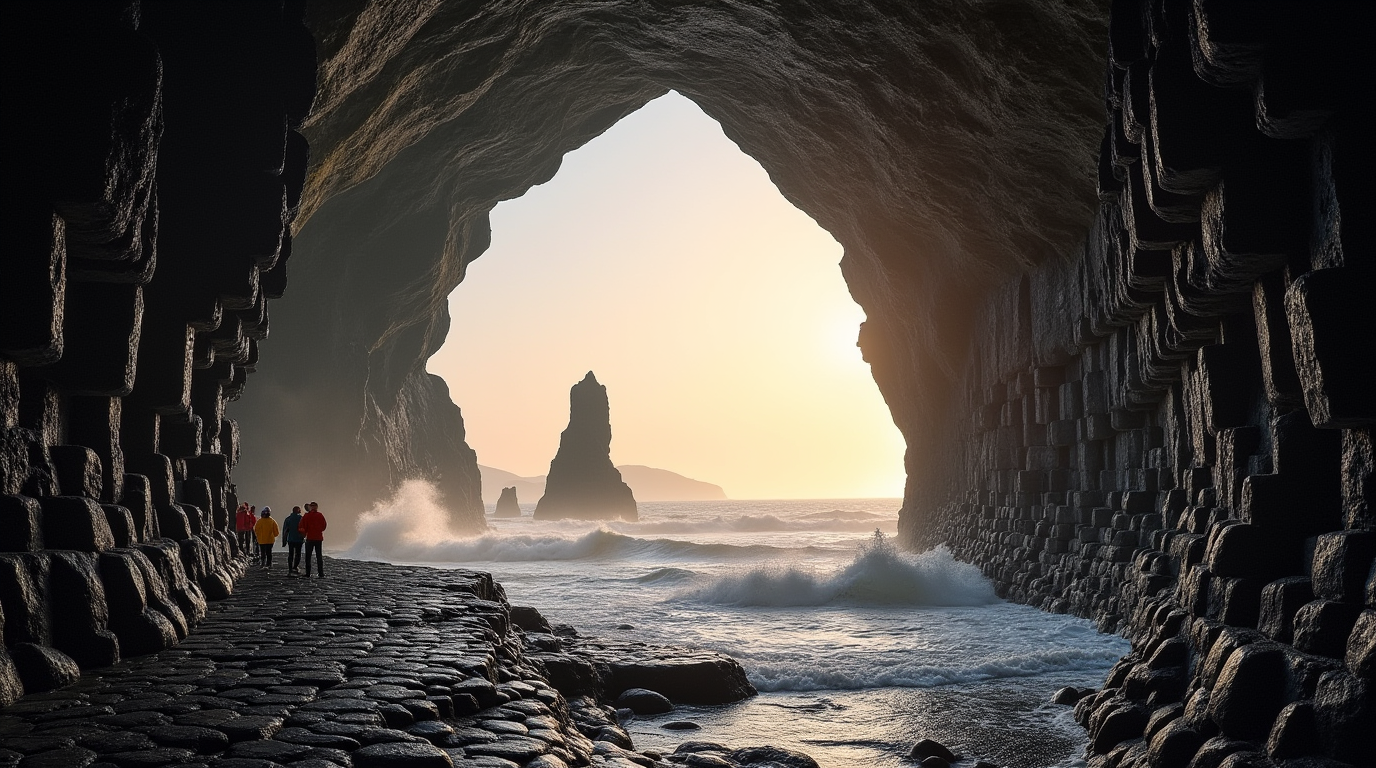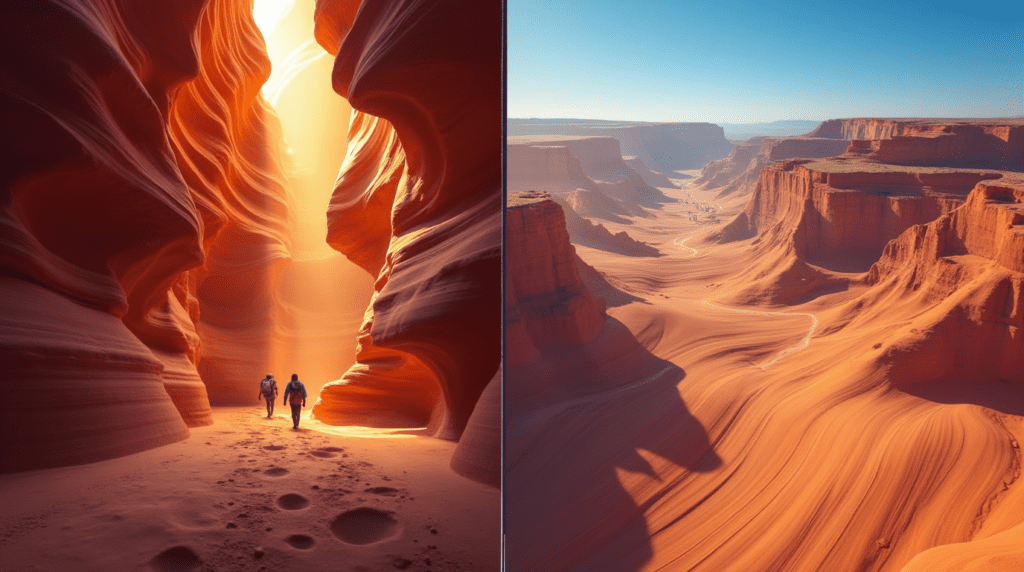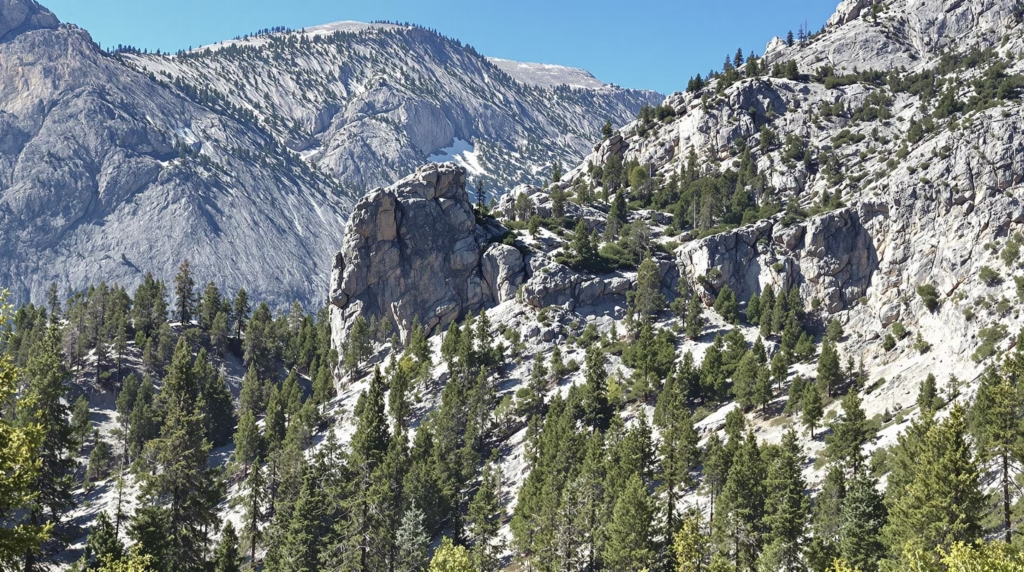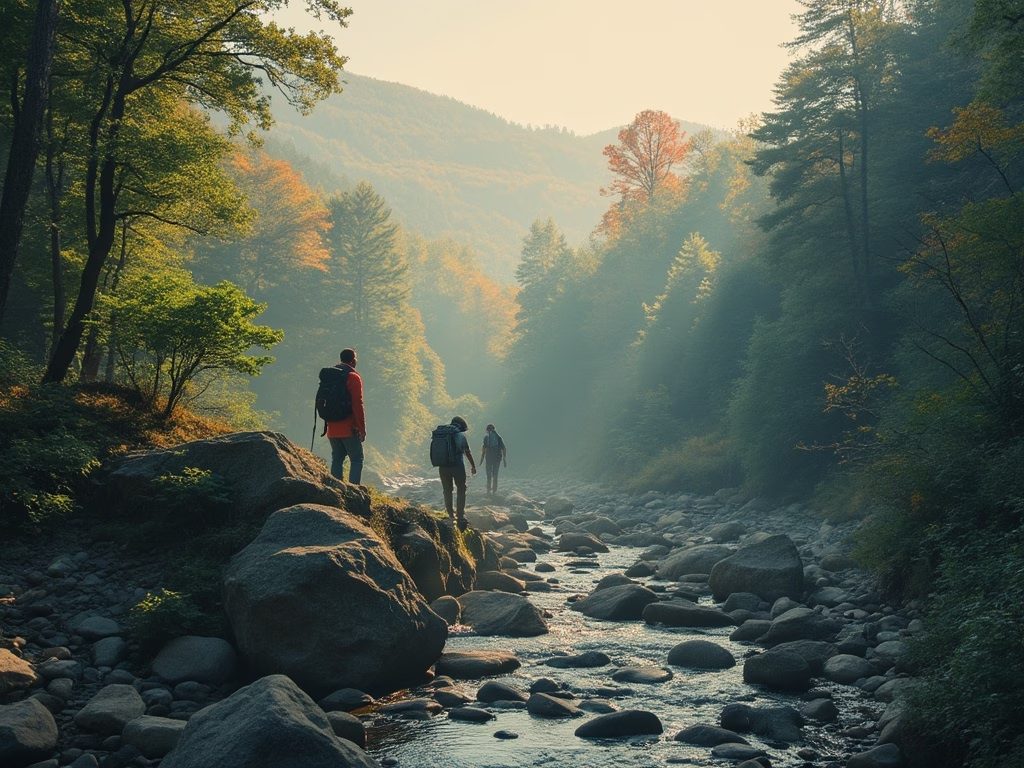Nestled on the uninhabited Isle of Staffa in the Inner Hebrides of Scotland lies one of nature’s most extraordinary creations: Fingal’s Cave. This sea cave, formed entirely from hexagonally jointed basalt columns, has captivated the imaginations of visitors for centuries. From its unique geological formation to its rich cultural significance, Fingal’s Cave Staffa Scotland stands as a testament to the raw beauty and power of the natural world. In this comprehensive guide, we’ll explore the wonders of Fingal’s Cave and why it should be at the top of your Scottish travel itinerary. But this not the only rocky formation world wonder, please make sure to explore the rest: How to Make Coffee When Rafting the Grand Canyon, Cliffs of Moher Harry Potter, How Does Ayers Rock Compared to Devils Tower, and Antelope Canyon The Wave Arizona!
1. The Geological Marvel of Fingal’s Cave
Fingal’s Cave is not just a hollow in a cliff face; it’s a symphony of geometric precision crafted by the forces of nature over millions of years. Understanding its formation enhances the awe-inspiring experience of visiting this natural wonder.
Formation and Structure
Fingal’s Cave Staffa Scotland was formed approximately 60 million years ago during the Paleogene period. It’s the result of massive lava flows that cooled and cracked, creating the distinctive hexagonal columns we see today. The cave itself measures about 72 feet (22 meters) tall and 270 feet (82 meters) deep, making it large enough to explore by small boat or on foot when conditions allow.
The most striking feature of Fingal’s Cave is its colonnade of hexagonal basalt columns. These pillars are similar to those found at the Giant’s Causeway in Northern Ireland and are part of the same ancient lava flow. The symmetry and regularity of these columns seem almost too perfect to be natural, leading to centuries of myths and legends about their origin.
Acoustic Properties
One of the most fascinating aspects of Fingal’s Cave Staffa Scotland is its remarkable acoustics. The size and shape of the cave, combined with the rhythmic sound of the waves, create an atmosphere often described as “cathedral-like.” The cave’s Gaelic name, “Uamh-Binn,” means “cave of melody,” aptly describing the haunting sounds produced by the echoing waves.
The Sea Cave Ecosystem
Despite its seemingly inhospitable environment, Fingal’s Cave and the surrounding waters are home to a variety of marine life. Seals can often be spotted near the cave entrance, while seabirds such as puffins, guillemots, and razorbills nest on the cliffs of Staffa. The cave’s walls are adorned with colorful lichens and algae, adding splashes of color to the dark basalt.
2. Historical Significance and Cultural Impact
Fingal’s Cave has left an indelible mark on art, literature, and music, inspiring countless creators over the centuries. Its discovery and subsequent fame have made it a significant part of Scotland’s cultural heritage.
Discovery and Early Visitors
While local Hebrideans had long known about the cave, it was brought to wider attention in 1772 when naturalist Sir Joseph Banks visited the island. Banks’s enthusiastic accounts of the cave’s beauty sparked interest among the European elite, leading to a surge of visitors in the late 18th and early 19th centuries.
One of the most famous early visitors was composer Felix Mendelssohn, who visited in 1829. The cave’s unique acoustics and dramatic appearance inspired him to compose the Hebrides Overture, also known as “Fingal’s Cave.” This piece helped cement the cave’s place in popular culture and continues to draw music lovers to the site today.
Literary and Artistic Inspirations
Fingal’s Cave has been a muse for many artists and writers over the years:
- Jules Verne described it in his novel “The Mysterious Island” (1874)
- William Wordsworth, John Keats, and Alfred, Lord Tennyson all wrote poems inspired by the cave
- Romantic painter J.M.W. Turner captured the cave’s dramatic beauty in his 1832 watercolor “Staffa, Fingal’s Cave”
Fingal’s Cave in Mythology
The cave’s name comes from the eponymous hero of James Macpherson’s Ossian cycle of poems. Fingal, a legendary Gaelic hero, is said to have built the cave as a road to Scotland to fight the king of Lochlin. This legend, along with its similarity to the Giant’s Causeway, has contributed to the cave’s mystical reputation.
3. Visiting Fingal’s Cave: A Practical Guide
Planning a visit to Fingal’s Cave requires some preparation, but the experience is well worth the effort. Here’s what you need to know to make the most of your trip to this Scottish natural wonder.
Getting There
Staffa is an uninhabited island, so visitors must arrive by boat. Several tour operators offer trips to Staffa from nearby islands:
- From Mull: Boats depart from Fionnphort or Tobermory
- From Iona: Regular trips are available during the summer months
- From Oban: Longer day trips that often include other nearby islands
The journey to Staffa is an adventure in itself, offering opportunities to spot marine wildlife like dolphins, whales, and sea eagles.
Best Time to Visit
The best time to visit Fingal’s Cave is between April and September when the weather is milder and boat trips are more frequent. However, keep in mind that even during summer, Scottish weather can be unpredictable. Always check the forecast and be prepared for changing conditions.
What to Expect on the Island
Once on Staffa, visitors typically have about an hour to explore. Here’s what you can do:
- Walk to the cave entrance: A path with safety railings leads from the landing point to the mouth of Fingal’s Cave.
- Enter the cave (conditions permitting): Sometimes it’s possible to enter a short way into the cave via a causeway of fallen columns.
- Climb to the top of the island: A steep staircase leads to the island’s grassy top, offering panoramic views of the surrounding sea and islands.
- Wildlife watching: Keep an eye out for puffins (April to early August), seals, and various seabirds.
Safety Considerations
- Wear sturdy, non-slip footwear as the basalt columns can be slippery.
- Stay on designated paths and behind safety railings.
- Be prepared for sudden weather changes with waterproof clothing.
- Follow all instructions given by your boat crew and tour guides.
Accessibility
Due to its remote location and rugged terrain, Fingal’s Cave is not easily accessible for those with mobility issues. The boat journey can be rough, and exploring the island involves walking on uneven surfaces and climbing steep stairs.
4. The Unique Ecosystem of Staffa and Fingal’s Cave
While Fingal’s Cave is the star attraction, the entire Isle of Staffa is a haven for wildlife and a showcase of unique plant life adapted to its harsh coastal environment.
Marine Life
The waters around Staffa are rich in marine life. Visitors might spot:
- Grey seals and harbor seals, often seen basking on rocks near the cave
- Minke whales, which frequent the area in summer months
- Dolphins and porpoises, playfully swimming alongside boats
- Basking sharks, the world’s second-largest fish, occasionally seen in late summer
Birdlife
Staffa is a paradise for birdwatchers, especially during the breeding season:
- Puffins: These charismatic birds nest on Staffa from late April to early August
- Guillemots and razorbills: Often seen clustered on cliff ledges
- Fulmars and kittiwakes: Nesting on the island’s steep cliffs
- Sea eagles: Occasionally spotted soaring over the island
Plant Life
Despite its rocky terrain, Staffa supports a variety of plant life:
- Coastal grasslands on the island’s top, home to wildflowers like sea pinks and spring squill
- Lichens and mosses that cling to the basalt columns, adding splashes of color
- Seaweeds in the intertidal zone, providing habitat for small marine creatures
Conservation Efforts
Staffa is a National Nature Reserve, managed by the National Trust for Scotland. Conservation efforts focus on:
- Protecting seabird breeding colonies
- Monitoring marine mammal populations
- Managing visitor impact to preserve the island’s delicate ecosystem
- Studying the effects of climate change on this unique habitat
Visitors can contribute to conservation efforts by following Leave No Trace principles, staying on designated paths, and avoiding disturbance to wildlife.
5. Fingal’s Cave in the Digital Age: Photography and Virtual Experiences
In today’s interconnected world, Fingal’s Cave has taken on new life through digital media, allowing people from around the globe to experience its wonder.
Photography Tips
Capturing the beauty of Fingal’s Cave can be challenging but rewarding. Here are some tips for photographers:
- Use a wide-angle lens to capture the scale of the cave and its columns
- Experiment with long exposures to smooth out the waves and create a ethereal effect
- Include people or boats in your shots to provide a sense of scale
- Be prepared for low light conditions inside the cave
- Protect your gear from sea spray and sudden rain showers
- Consider bringing a drone for unique aerial perspectives (check local regulations first)
Social Media Presence
Fingal’s Cave has become a popular subject on social media platforms:
- Instagram: The hashtag #FingalsCave showcases stunning images from visitors worldwide
- YouTube: Numerous videos offer virtual tours and drone footage of the cave
- TikTok: Short video clips capture the cave’s acoustic properties and dramatic waves
Virtual Reality and 3D Modeling
Technology is providing new ways to experience Fingal’s Cave:
- Virtual reality tours allow people to “visit” the cave from anywhere in the world
- 3D models created through photogrammetry offer detailed views for scientific study and preservation efforts
- Interactive websites provide educational resources about the cave’s geology and history
Citizen Science Opportunities
Digital platforms are also enabling visitors to contribute to scientific understanding:
- Apps like iNaturalist allow visitors to record and share wildlife sightings
- Participatory soundscape projects collect audio recordings to study the cave’s acoustic properties
- Photo-monitoring projects track changes in the cave’s structure over time
As technology continues to evolve, so too will our ability to study, appreciate, and share the wonders of Fingal’s Cave. However, these digital experiences serve not to replace but to enhance and encourage real-world visits to this extraordinary natural monument.
In conclusion, Fingal’s Cave on the Isle of Staffa stands as one of Scotland’s most remarkable natural wonders. Its unique geological formation, rich cultural history, and diverse ecosystem make it a must-visit destination for nature lovers, history enthusiasts, and adventure seekers alike. Whether you’re standing at its entrance listening to the melodic echoes of the waves, observing puffins nesting on the cliffs above, or marveling at its perfect hexagonal columns, Fingal’s Cave offers an experience that will stay with you long after you’ve left its shores. As we continue to explore and understand this magnificent place, may we also strive to protect and preserve it for future generations to wonder at and enjoy.



